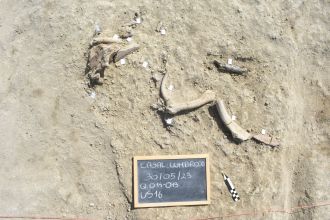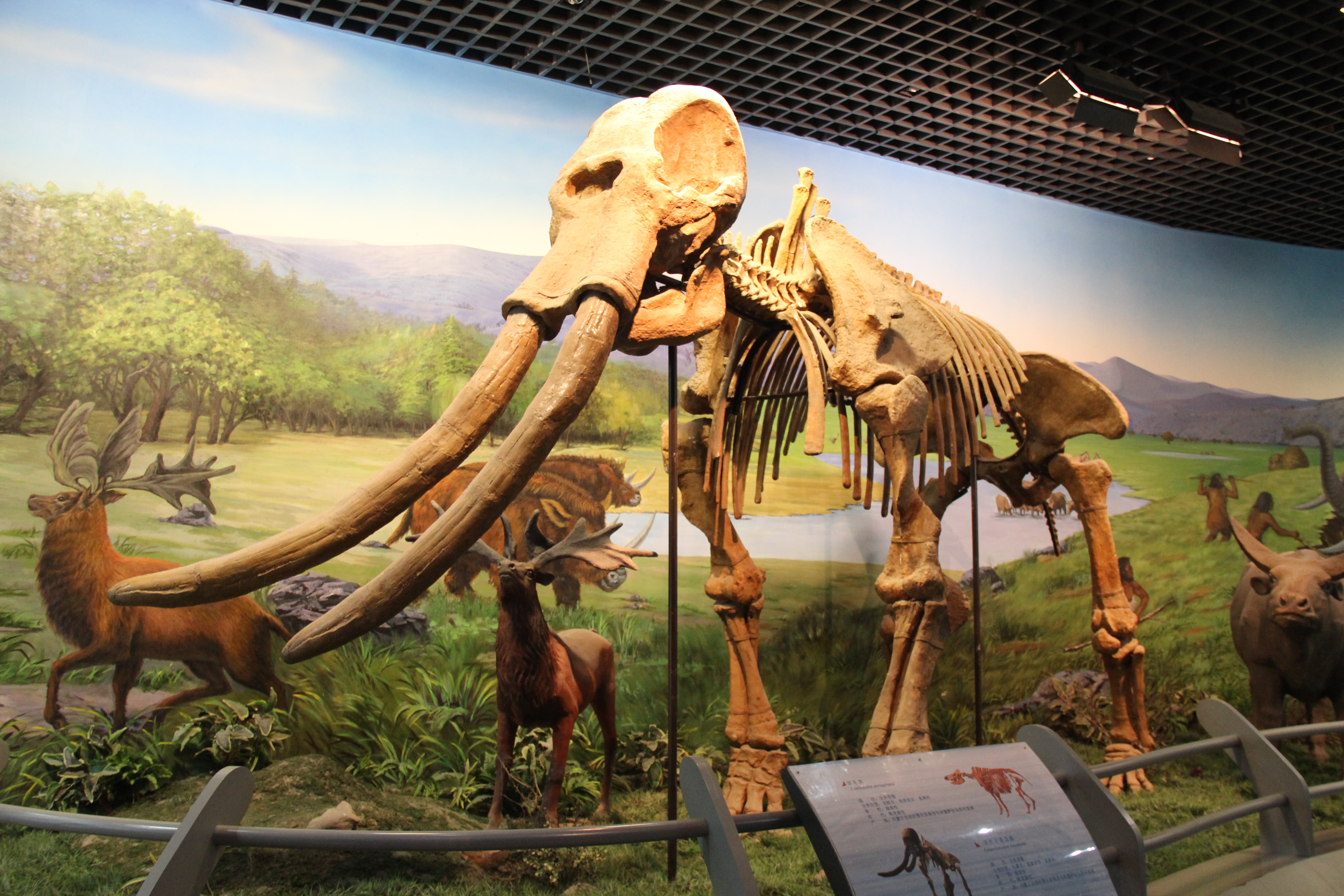Media release
From:
Early humans butchered elephants using small tools and made big tools from their bones
Multiple sites in central Italy show consistent strategy during warm parts of the Middle Pleistocene
During warmer periods of the Middle Pleistocene, ancient humans in Italy were in the habit of butchering elephants for meat and raw materials, according to a study published October 8, 2025 in the open-access journal PLOS One by Beniamino Mecozzi of Sapienza University of Rome, Italy and colleagues.
Ancient humans used animal carcasses for meat and other resources, but direct evidence of butchery is sparse and can be difficult to identify in the archaeological record. In this study, Mecozzi and colleagues describe the remains of an elephant carcass at the site of Casal Lumbroso in northwest Rome. Comparative study of ash deposits at the site reveals that these remains date to 404,000 years ago, The
The researchers identified over 300 skeletal remains from a single straight-tusked elephant, Palaeoloxodon, alongside more than 500 stone tools. Several of the bones exhibit fresh fractures made shortly after the animal’s death, each associated with impact marks where blunt force was used to create the fractures. A lack of apparent cut marks on the bones is consistent with small tools having been used to butcher soft tissues, and accordingly most of the stone tools at the site are less than 30mm in size, possibly due to low availability of large stones. Several elephant bones were physically modified to be used as larger tools.
The features of this site are consistent with several other sites in central Italy that exhibit butchered elephant remains alongside modified bones and small stone tools. This pattern implies a consistent strategy used by ancient hominins during periods of mild climate conditions in the Middle Pleistocene, and further suggests that central Italy is a valuable region for research into the subsistence strategies of early European humans.
The authors add: "Our study shows how, 400,000 years ago in the area of Rome, human groups were able to exploit an extraordinary resource like the elephant—not only for food, but also by transforming its bones into tools."
"Reconstructing these events means bringing to life ancient and vanished scenarios, revealing a world where humans, animals, and ecosystems interacted in ways that still surprise and fascinate us today.”
Multimedia





 International
International



